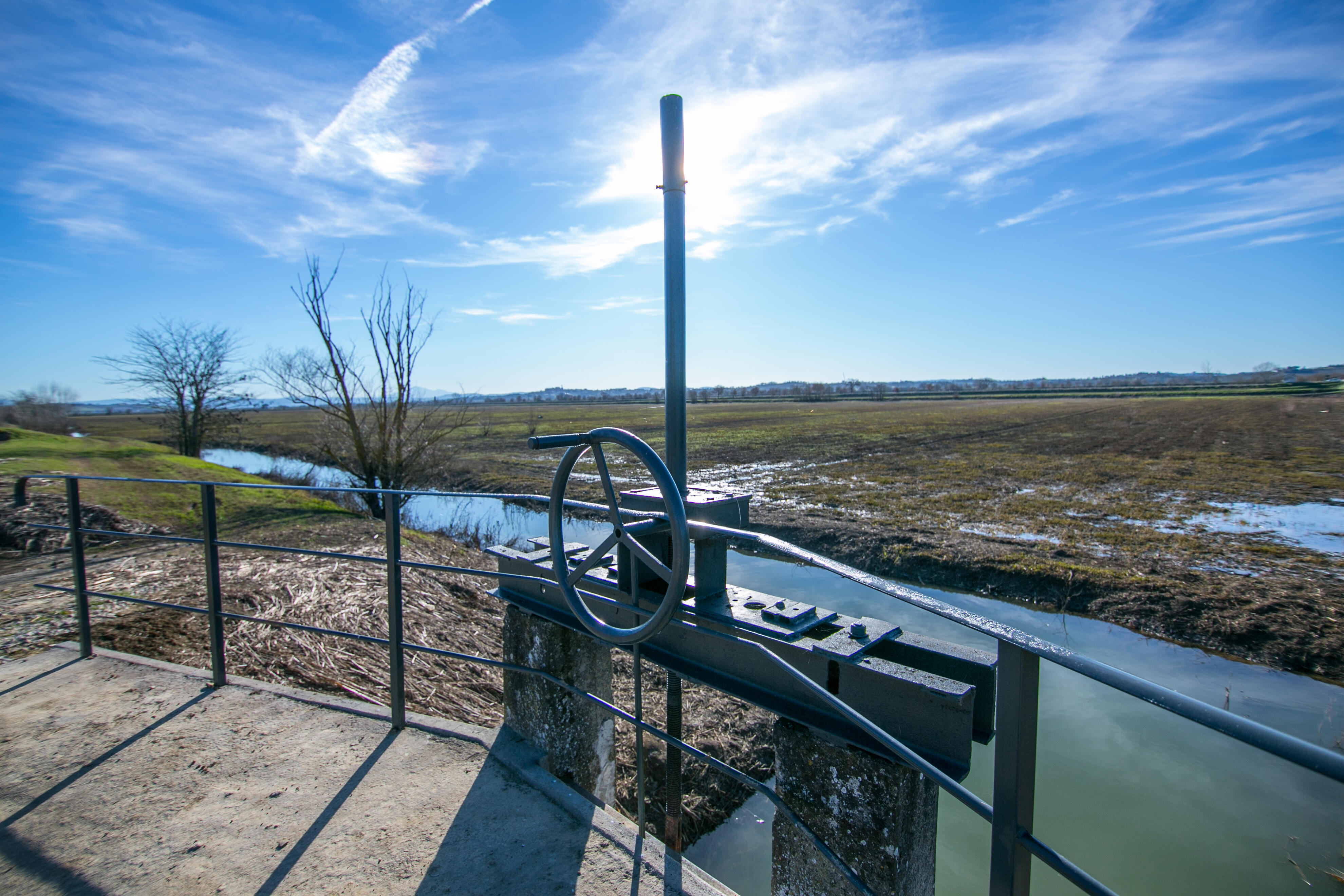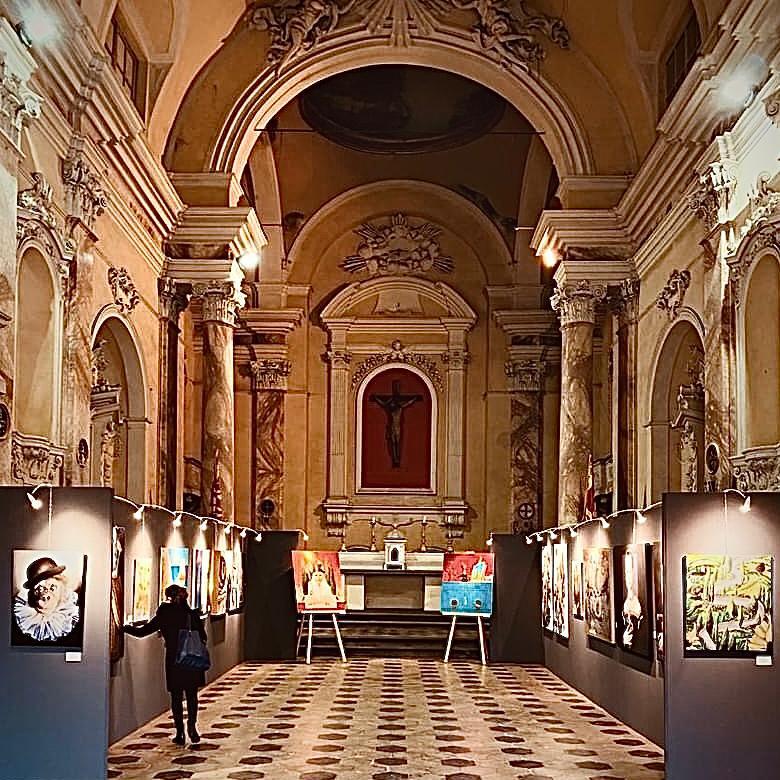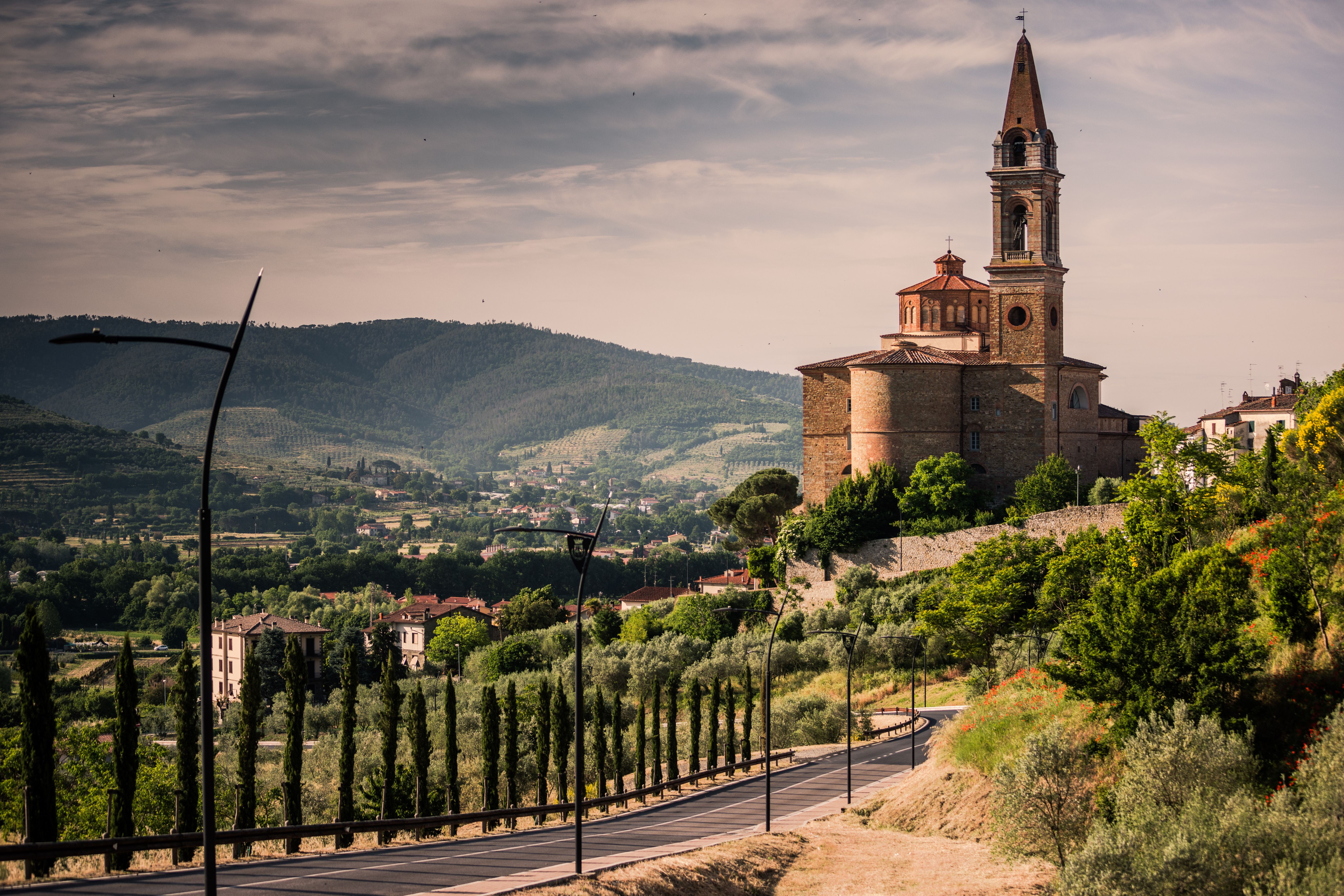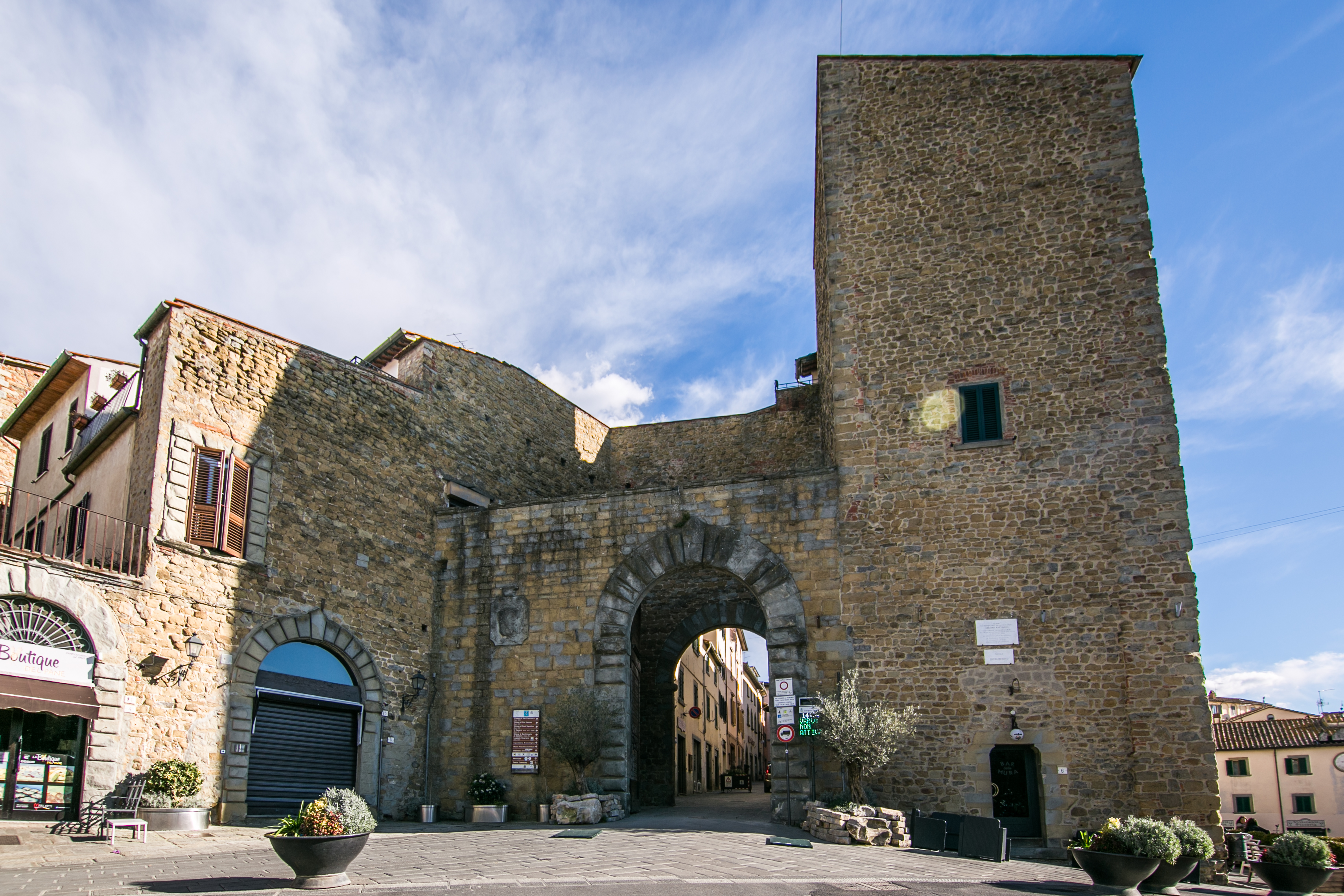More information :
Its unmistakable profile makes it the main landmark and the true symbol of Castiglion Fiorentino.
In the 8th century B.C., a village of huts occupied the hill, which was later surrounded by a defensive wall protecting the Etruscan acropolis. The current structure of the Cassero is the result of transformations that began in the 11th century, when the area became the site of a castle overseeing important routes, away from the marshy lowlands.
During the Hellenistic period, the residential area extended to the Casseretto (the last defensive stronghold of medieval Castiglione), as indicated by the discovery of Etruscan walls on the northern side and the remains of a Hellenistic house.
In the Cassero square stands the majestic Tower, built during the Perugian domination in the 14th century. The bell gable that holds the "Campana Grossa" (Great Bell) appears to be from a later period. On the southern side of the Casseretto, a round arch opens into the small inner courtyard, where an 18th-century staircase leads to the elevated level of the tower. Today, visitors can climb to the top of the tower (about 35 meters) and enjoy the stunning view of the old village and the landscapes of the Valdichiana and Val di Chio.
Next to the southern wall of the Casseretto is the gate known as the Porta Perugina or "Caditoia," made of rusticated sandstone blocks with a round arch. On the outside of the gate are three ancient coats of arms that recall the three historic dominations over Castiglion Fiorentino.
From the north-west corner of the Casseretto, a corridor begins—known as the "Muro dell’Ala" (Wing Wall)—which connects the fortress to the outer walls where the Porta and Torre del Soccorso (Gate and Tower of Relief) once stood.


 ITA
ITA








